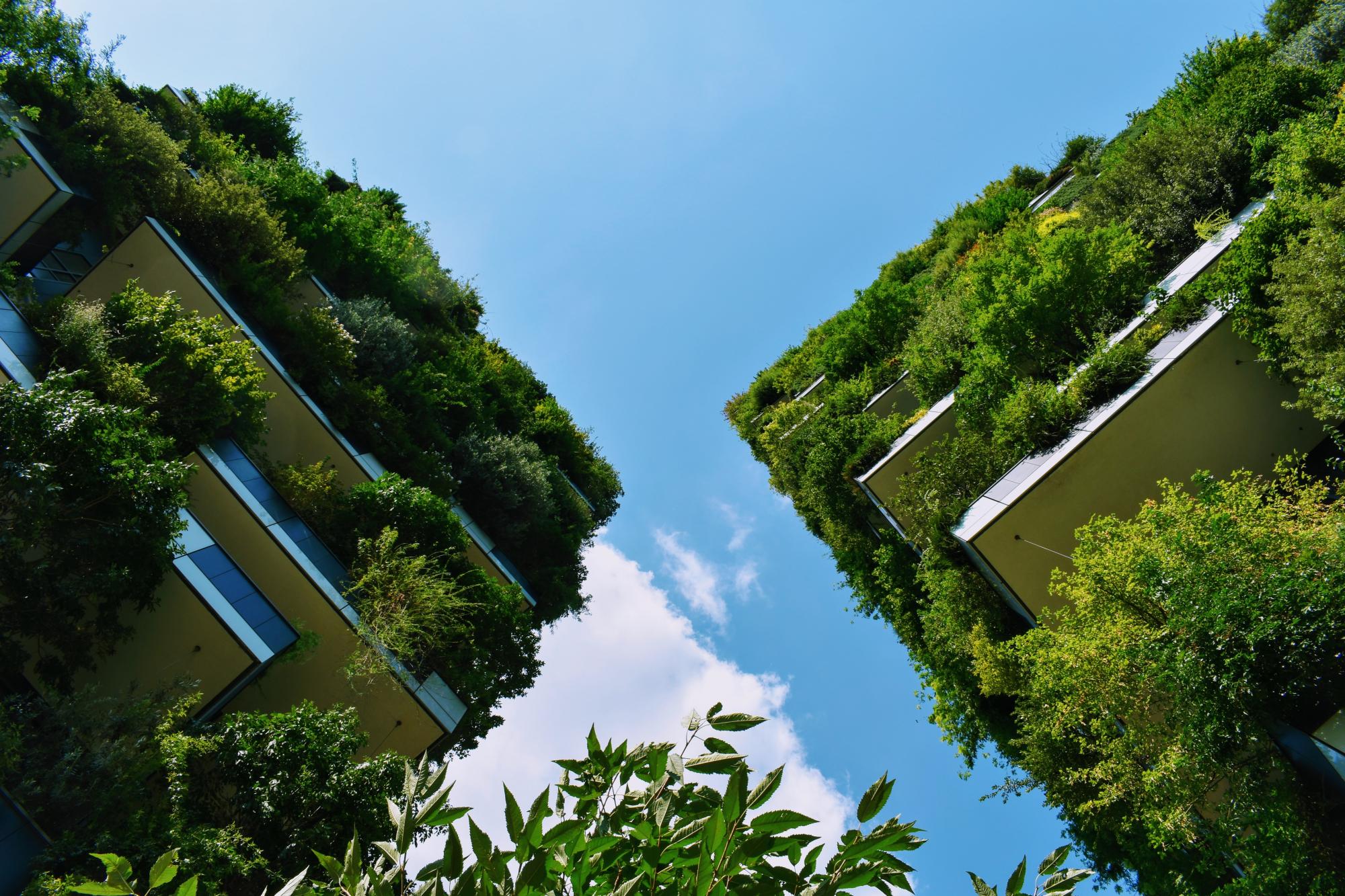In 2014, a rooftop farming project was initiated in the informal settlements of the Greater Cairo Region to address challenges brought by climate change and to empower the local community. The project was initiated by the German Corporation for International Cooperation and a local NGO with the objective to "reduce ambient temperatures (microclimate) in a densely populated area through green spaces on rooftops, and reduce the impacts of the urban heat island effect and increasing heat." (1) The initiative also addressed four of the Aichi Biodiversity Targets by tackling biodiversity loss, encouraging sustainable agriculture practices, fostering ecosystem services and developing local knowledge (1,11) Besides environmental benefits, the project and its scaled-up project in 2017 brought several socio-economic benefits by reducing vulnerability to food price changes and by developing the local community. Rooftop Farming Hubs were also established to foster the training and knowledge sharing of rooftop farmers in Cairo (1).
Overview
Nature-based solution
- Nature on buildings (external)
- Green roofs
- Community gardens and allotments
- Community gardens
Key challenges
- Climate action for adaptation, resilience and mitigation (SDG 13)
- Climate change adaptation
- Green space, habitats and biodiversity (SDG 15)
- Green space creation and/or management
- Social justice, cohesion and equity (SDG 10)
- Social cohesion
- Social interaction
- Environmental education
- Economic development and employment (SDG 8)
- Economic development: agriculture
- Sustainable consumption and production (SDG 12)
- Sustainable production
Focus
Project objectives
Implementation activities
Climate-focused activities
Climate change adaptation:
- Increase or improve urban vegetation cover to help reduce outdoor temperature
- Implement green walls or roofs to lower indoor temperature and provide insulation
Main beneficiaries
- Citizens or community groups
- Marginalized groups: Socio-economically disadvantaged populations (e.g. low-income households, unemployed)
- Food producers and cultivators (i.e. farmers, gardeners)
Governance
Management set-up
- Led by non-government actors
Type of initiating organisation
- Non-government organisation/civil society
- Private sector/corporate actor/company
Participatory approaches/ community involvement
- Dissemination of information and education
- Co-management/Joint management
Details on the roles of the organisations involved in the project
Project implemented in response to ...
Financing
Total cost
Source(s) of funding
- Unknown
Type of funding
- Unknown
Non-financial contribution
- Provision of labour
- Citizens (e.g. volunteering)
Impacts and Monitoring
Environmental impacts
- Climate change
- Lowered local temperature
- Environmental quality
- Improved air quality
- Green space and habitat
- Increased green space area
Economic impacts
- Increase in agricultural production (for profit or not)
- Generation of income from NBS
Socio-cultural impacts
- Social justice and cohesion
- Improved social cohesion
- Improved access to urban green space
- Increased visibility and opportunity for marginalised groups or indigenous peoples
- Increased involvement of locals in the management of green spaces
- Increased access to healthy/affordable food
- Increased sustainability of agriculture practices
- Education
- Increased awareness of NBS and their benefits
Type of reported impacts
Presence of formal monitoring system
Presence of indicators used in reporting
Presence of monitoring/ evaluation reports
Availability of a web-based monitoring tool
References
2) Panorama. 2017. Rooftop farming methodology & technique. Panorama - Solutions for a Healthy Planet. Accessed on October 1, 2021. Source link
3) Panorama. 2017. Social-business model approach. Panorama - Solutions for a Healthy Planet. Accessed on October 1, 2021. Source link
4) Panorama. 2017. Creating a rooftop farmers network. Panorama - Solutions for a Healthy Planet. Accessed on October 1, 2021. Source link
5) EcoMENA. 2020. Are Green Roofs a Viable Option for the Middle East?. EcoMENA. Accessed on October 1, 2021. Source link
6) Source link. 2020. Urban Gardening: The Rooftop Gardens of Cairo. Accessed on October 1, 2021. Source link
7) DW. 2019. Greening Egypt's capital with rooftop gardens. DW. Accessed on October 1, 2021. Source link
8) Scoop Empire. 2020. Urban Gardening: The Rooftop Gardens Of Cairo And The Goal For A Greener City. Scoop Empire. Accessed on October 1, 2021. Source link
9) Schaduf. n.a. Green Jobs project. Schaduf. Accessed on October 1, 2021. Source link
10) CBD. 2020. Aichi Biodiversity Targets. CBD. Accessed on October 1, 2021. Source link



